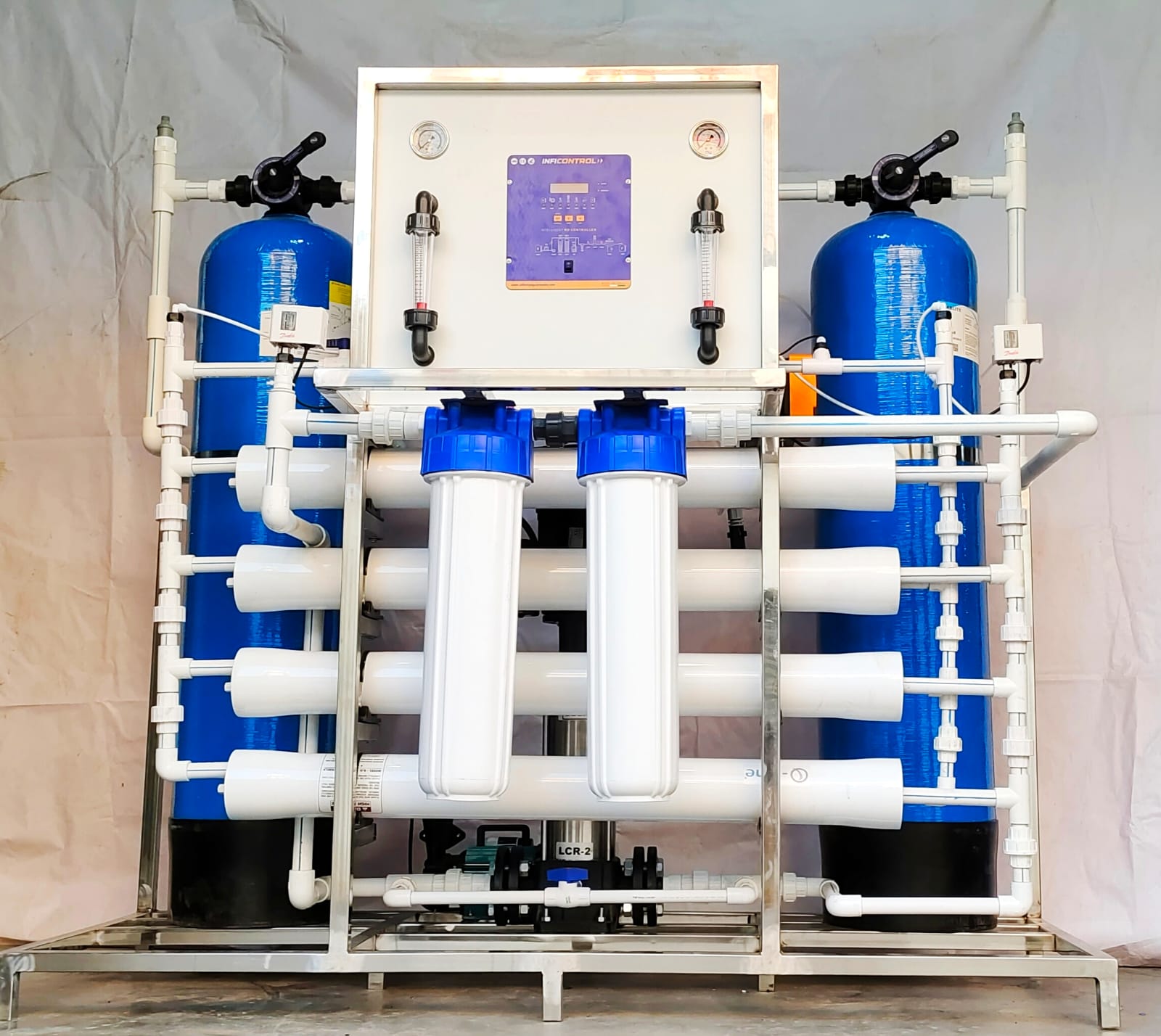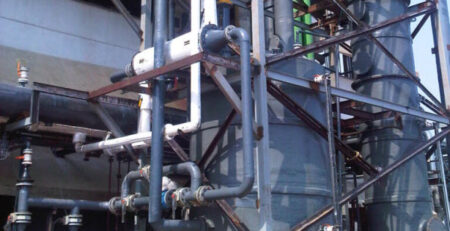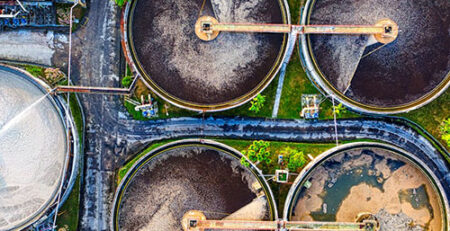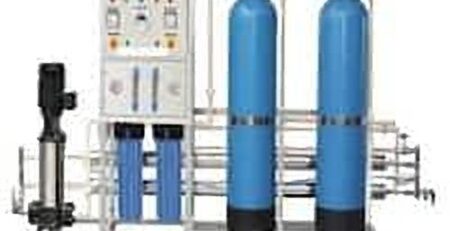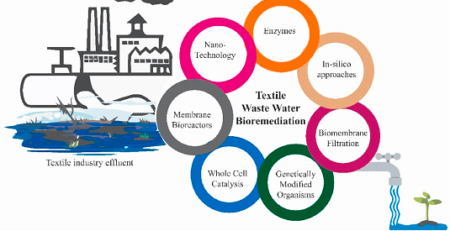What Is Reverse Osmosis? Learn How It Works
Freshwater production problems have plagued humanity throughout history. Many factors, such as geography, pollutants, temperature, salinity, dissolved solids, and others, have impeded the provision of potable water in numerous regions. Fortunately, with the reverse osmosis introduction, water desalination has become a viable option for solving the freshwater crisis.
Let’s discuss reverse osmosis, how it works, its stages, and more.
What is Reverse Osmosis?
Reverse osmosis is a water filtration process and it uses pressure to force water molecules through a semipermeable membrane. Contaminants are removed from the water during this process, leaving behind clean freshwater.
Reverse osmosis is an effective way to remove many types of contaminants. It includes sediment, bacteria, viruses, chlorine, fluoride, lead, and other heavy metals.
Reverse osmosis can be used to purify both municipal tap water and well water. It is often used to desalinate saltwater, making it safe for drinking and other uses.
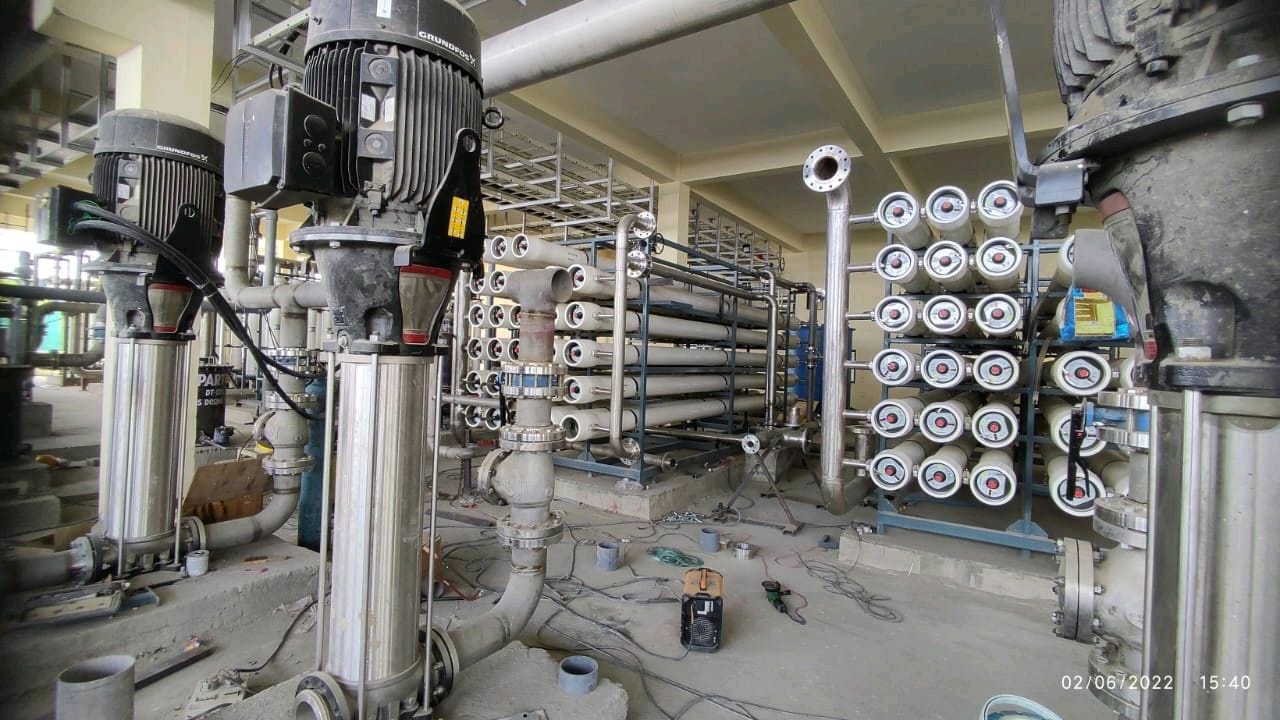 How Reverse Osmosis Works?
How Reverse Osmosis Works?
Reverse osmosis is a water purification technique that pushes water through a membrane(s) with high-pressure pumps. It’s an excellent method for removing pollutants from drinking water. And the amount of pressure required varies based on the total quantity of contaminants in the water supply.
The liquid that has been filtered of its dissolved solids is known as permeate or product water. The residue of pollutants in the brine, which remains after the concentrated stream of contaminants has been removed, is released as reject water.
The reverse osmosis membranes filter out all undesirable salts and minerals from the feed water as it goes through the system. Water with up to 99 percent dissolved solid levels can be filtered by top-brands membranes (Dupont Filmtec, Hydranautics). However, the rejected stream is recycled through the reverse osmosis system for water conservation.
The reverse osmosis process is more similar to a cross-flow filtration technique. Cross-flow filtering is far more efficient since it has two outlets for the solution to enter to handle higher pollutants levels. Because the permeate and concentrated water flow in opposing directions, the membrane surface stays clean, and build-up is reduced.
Where is an RO system used?
Reverse Osmosis is used in a wide variety of water-related applications. Today, it is used throughout the world for residential and commercial purposes and industrial applications. Let’s look at how Reverse Osmosis is used in a few different areas.
Stages of Reverse Osmosis
There are three main stages in the reverse osmosis process: Pre-treatment, Reverse Osmosis, and Post-Treatment.
1- Pre-treatment
Pre-treatment is the first stage of the process and involves removing large particles from the freshwater source. After the pretreatment, the water is forced through the reverse osmosis membrane under pressure. The membrane is a semi-permeable barrier that allows small molecules such as hydrogen to pass through but no other contaminants.
2- Reverse Osmosis
The second stage of the process occurs when the water passes through a thin polymer membrane under pressure, and this stage is referred to as reverse osmosis. Contaminants are removed from the water on both sides of the membrane during this stage. As a result, only clean water (freshwater) is left behind.
3- Post-Treatment
The final stage involves removing any remaining contaminants from the water. The water is subjected to several treatments, including filtration, UV treatment, and additional reverse osmosis treatment. This increases the effectiveness of the reverse osmosis process.
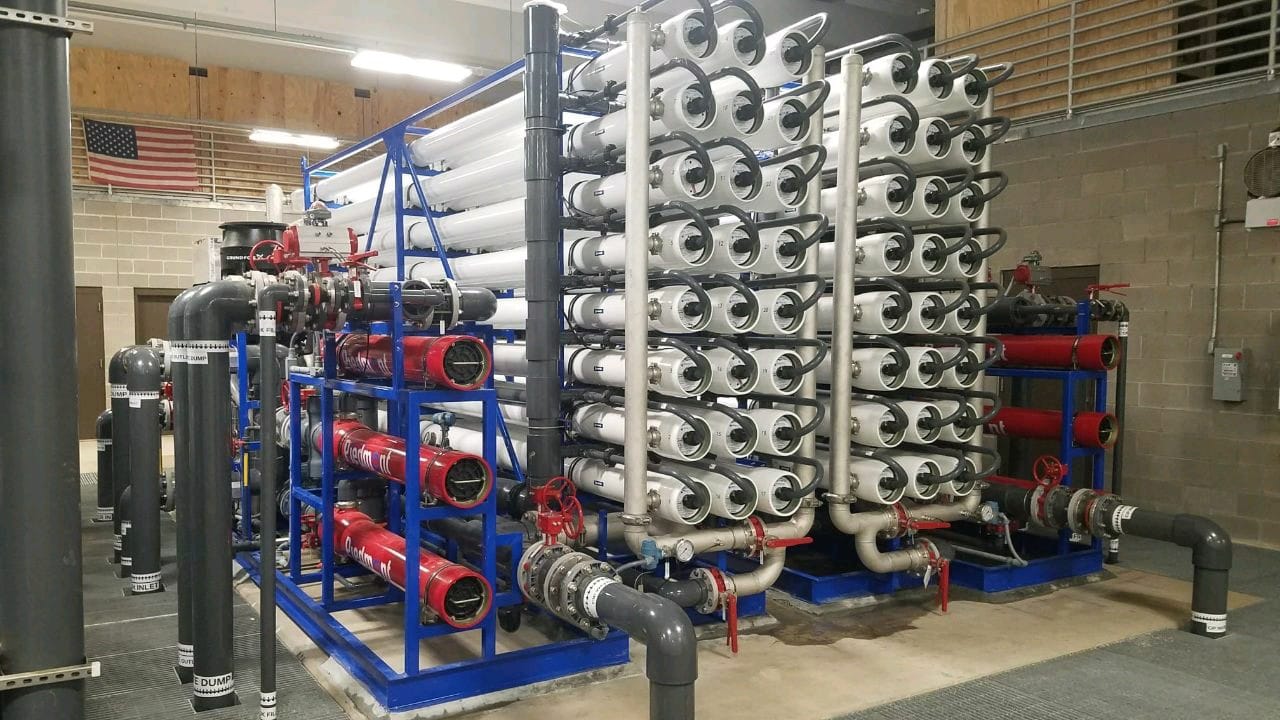 A Few Things to Consider When Using Reverse Osmosis
A Few Things to Consider When Using Reverse Osmosis
While reverse osmosis is a great way to deal with water pollution and a great way to provide a large amount of fresh water, there are some things users should know before using this process.
Always check the pressure of your reverse osmosis system regularly. Contaminants may build up over time and lower the pressure on your system, leading to less than ideal results.
Contaminants may build up over time and lower the pressure on your system, leading to less than ideal results. Keep the membrane clean. The second stage in the reverse osmosis process is a membrane that should be cleaned regularly. A buildup of contaminants can prevent water from flowing through the membrane, reducing effectiveness.
The Energy Recovery System of Reverse Osmosis
One of the benefits of reverse osmosis is that it requires very little energy to operate. A majority of power is required to run a reverse osmosis system to overcome the pressure created by the system. However, some power is still needed to pump water into and out of the system.
An energy recovery system can be used to reduce the amount of energy needed to operate the system. Energy recovery systems work by using the force of the water expelled from the system to power the pumps. This significantly reduces the energy needed to operate the system and makes it more efficient.
 Reverse Osmosis vs. Distillation
Reverse Osmosis vs. Distillation
Reverse osmosis and distillation are two methods of purifying water. Both methods have pros and cons, but reverse osmosis is generally seen as the better option.
Distillation involves boiling water and collecting the vapors that rise to the top. These vapors are then cooled and turned back into liquid form. This process removes most impurities from the water but does not remove all of them.
On the other hand, reverse osmosis forces water through a semipermeable membrane to remove impurities. This process is more effective at removing impurities than distillation and produces a higher water quality.
Benefits of Reverse Osmosis
There are many benefits of using reverse osmosis for drinking water. Let’s look at the benefits of reverse osmosis and what makes this process so effective.
- RO water contains fewer contaminants and sodium.
- No parasites or bacteria in water make it safe for cancer patients.
- It is inexpensive. RO water filter traps contaminants and pollutants as it transforms hard water into soft water so that you can use it for bathing, cooking, or blending with other ingredients.
- It helps to retain healthy minerals in the water.
- The nutrients contained in the water are retained in the filter, and as a result, you can enjoy drinking water that does not contain any contaminants.
The Bottom Line
Reverse osmosis is a great way to deal with water pollution and provides fresh water. However, there are some things users should know before using this process. These include regularly checking the pressure of your system, keeping the membrane clean, and using an energy recovery system.

